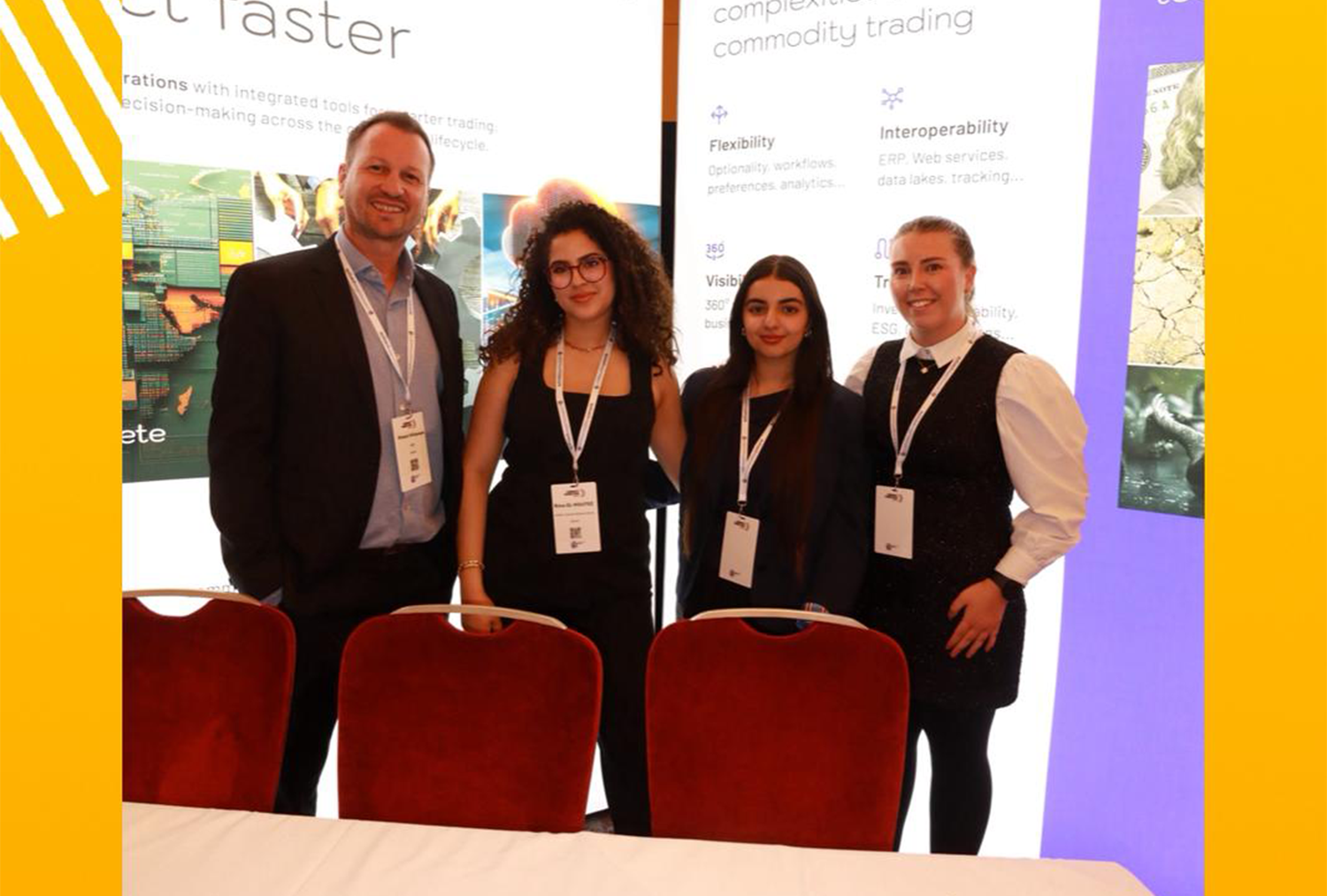Relative to the risks involved, grains traders often face small margins. This means that trade profitability can rely on the organisation’s ability to manage these risks as much as it does on maximising opportunities.
Most grain traders already use a CTRM to track their positions for risk management, or are aware of the software if they are not currently using one. But what grain traders are not always aware of is how powerful modern CTRM systems can be, and just how many different risks they can help you manage. And knowledge of Commodity Management Systems, which evolved from CTRM systems to fill more of the operational needs of trading companies and incorporate even greater risk management functionality, is less common. Below we explore some of the risks inherent in grain trading that these two related technologies can help you address.
Managing grain trading risks with a CTRM
A good modern CTRM system can help grain traders manage several different risks, including:
Price risk
This is the core function of CTRM systems, and the original challenge they were created to solve. A CTRM allows grain traders to manage their positions and hedging, usually across different commodities, as well as across different geographies, with features such as multiple books and foreign exchange conversions.
Quantity risk
Grain trading relies on localised quantity risk, without which there would be no profit in moving goods internationally. But due to the reliance on variable harvests, commodity availability can create real challenges for the industry. Again, position management within a CTRM can help to protect against this risk by helping traders and logistics operators understand exactly what they have on the books and where it is currently held, as well as their obligations to clients. These positions can also be combined with production forecasts to help with strategic decision-making.
Regulatory risk
A good CTRM system can help to manage regulatory risk, firstly by helping to create reporting for both risk managers and for regulatory bodies. And good CTRM systems include other areas such as contract and counterparty management that can help your organisation respond to regulatory changes, such as being able to instantly check counterparties’ locations if legislation changes or sanctions occur in a particular geography.
Geopolitical risk
The war in Ukraine has been a stark reminder of how suddenly a serious geopolitical risk can arise, but also an example of the resilience of global grain supply chains. A clear, real-time overview of your positions is essential in managing geopolitical risk as it means you can ensure your portfolio is diversified and that when threats do arise you have all the information you need to respond quickly and effectively.
Counterparty and credit risk
This risk arises when one party does not meet its contractual obligations. A good CTRM system will include a counterparty relationship management module which allows you to keep better track of all counterparties in one central location. It means you can confirm any ongoing due diligence has been carried out and means that you can monitor credit lines, late payments and any other KPIs your organisation wishes to track to ensure you are dealing with the most reliable counterparties, thus reducing the risk of counterparties failing to deliver.
Where Commodity Management comes in to grain trading
A Commodity Management System should provide even more functionality to help you better-manage these trading risks. A Commodity Management System fills the gaps left by traditional CTRM systems, particularly by incorporating logistics management into the same risk management system your traders and risk managers are using, as well as connecting your other systems, such as by integrating with your general ledger.
The Commodity Management System shares data across your entire operation in real-time and closes the feedback loop between trading, operations, and risk teams. A Commodity Management System can be a complete stand-alone piece of software, or can be added on to an existing CTRM to expand its capabilities. Commodity Management Systems help grain traders manage a wider range of risks than CTRM systems. In addition to the risk management listed above, they also provide:
Operational risk management
The main benefit of upgrading from CTRM to Commodity Management comes from the improvements in operational risk management. A good Commodity Management System like Gen10’s CommOS allows your team to manage all their day-to-day activities within the system, with automated workflows that reduce administrative tasks and therefore improve operational risk management.
Operational risk management is also improved by reports being automatically produced in real-time based on the live data your team are creating as they manage their tasks, and by the software integrations that mean there is no longer a need to copy information between different systems. The workflows also allow you to add various checks and controls to ensure that processing is carried out correctly, from counterparty credit limits to contract approval workflows and allocations.
Quantity risk
Quantity risk management is improved with a Commodity Management System because by incorporating operations into your data ecosystem, you have better position and inventory management than ever before. All teams can see the full details of every contract and shipment, and have full details of all inventory. And if you incorporate vessel tracking into your system, you even have an exact view of stock when it is at sea, as well as the most recent ETAs.
Regulatory and geopolitical risks
A Commodity Management System includes more controls than a CTRM, and can provide much more data in areas such as traceability and mapping stock so that you have a clear picture of your global operations and can instantly check which inventories or shipments are at risk if new threats arise. As well as physical location management, you can add further checks such as integrating with the OFAC sanctions list to ensure any vessels used are not sanctioned.
Counterparty and credit risk
A Commodity Management System offers better counterparty and credit risk management too. As well as monitoring performance against financial metrics, you can confirm how reliable your counterparties are in terms of meeting logistics deadlines and shipment quality as well as other supply chain metrics. This can be a particular advantage when other risks arise, for example, during periods of high liquidity risk, your traders can make informed decisions based on the data that shows how reliable your suppliers are and how they all perform against your risk metrics, using the most up-to-date information.
Conclusion
Grain traders are exposed to many different risks on a daily basis, but these risks are where the opportunities for profitability lie. It is therefore important for grain traders to be able to fully understand and price in these risks, so that they can effectively manage the risks and make the most of the trading opportunities they create. CTRM and Commodity Management Systems form a key piece of this risk management puzzle, but some systems are better than others.
Explore Gen10’s CommOS Commodity Management System and discover the impact it can have on your risk management.



